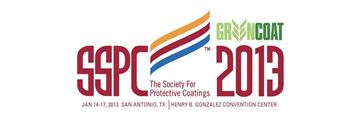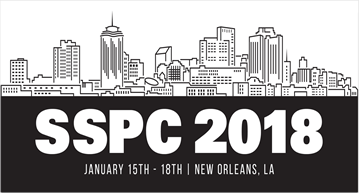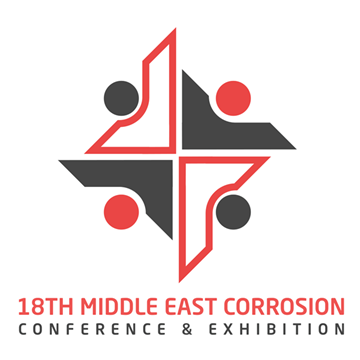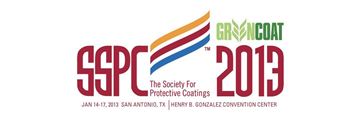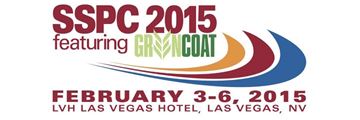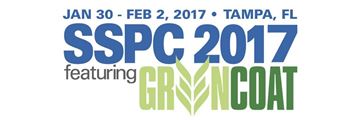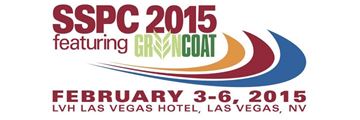Search
Products tagged with 'safety'
View as
Sort by
Display
per page
Creating a Culture of Safety in Your Organization
Product Number:
41213-756-SG
Publication Date:
2013
$20.00
Current Status of Nulcear Power Plant Safety-Related Coatings
Product Number:
41206-227-SG
Publication Date:
2006
$20.00
Cutting Edge? ... EH&S Compliance, Controls and Best Practices
Product Number:
51218-110-SG
Publication Date:
2018
$20.00
Digitalized Corrosion Control Documents for Enhanced Refinery Mechanical Integrity and Reliability
Product Number:
MECC23-20026-SG
Publication Date:
2023
$20.00
Effective Shop and Field Solutions for Compliance to OSHA 1926.754
Product Number:
41206-228-SG
Publication Date:
2006
$20.00
Fluorescent (OAP) Coatings Inspection Safety
Product Number:
41213-750-SG
Publication Date:
2013
$20.00
Global Environmental Regulations Drive New Technologies in Epoxy Coatings
Product Number:
41215-927-SG
Publication Date:
2015
$20.00
Ladder Safety - Protecting Workers from a Complex Hazard
Product Number:
51217-051-SG
Publication Date:
2017
$20.00
NACE No. 4/SSPC-SP 7-2006-SG (Chinese), Brush-Off Blast Cleaning
Product Number:
21132-SG
ISBN:
1-57590-102-1
Publication Date:
2006
$179.00
Regulatory Update: Current and Emerging Trends in Occupational and Environmental Health
Product Number:
41215-904-SG
Publication Date:
2015
$20.00

